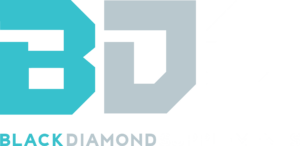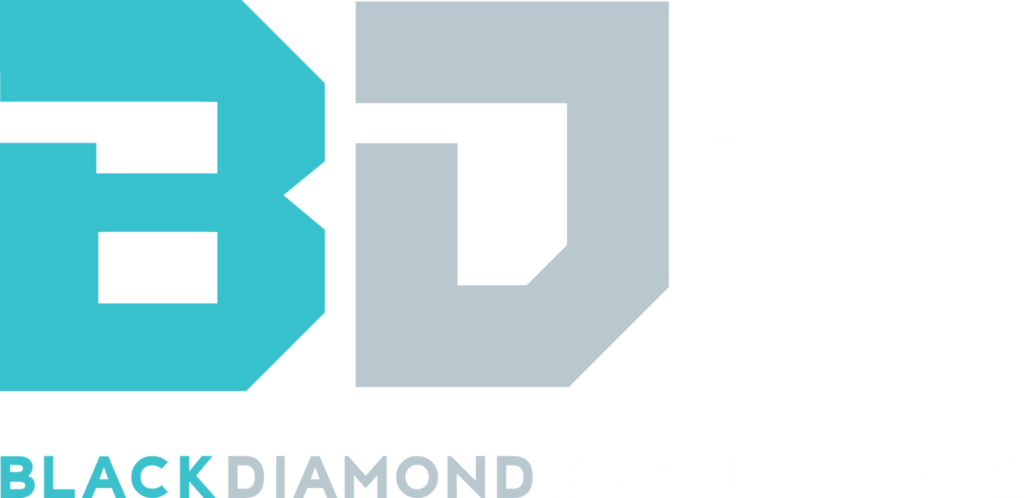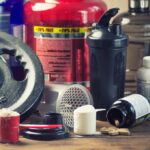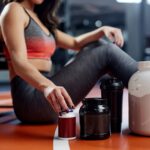When going to the gym, people typically want one of 3 things; health, strength, or muscle mass. Since science with exercise is relatively new, we are figuring out more and more about how to achieve these goals. Organizations like ACSM and NASM try to gather the research and create guides for people and exercise to achieve the results they want. While some terminology may differ between the two, they do have a very similar idea on what the spectrum is for how to train muscles.
If building muscle mass is your goal, here is a breakdown of what rep ranges, set ranges, and optimal protein/carb intake for optimal gains.
Resistance Training
The original spectrum for resistance training and the effect on muscles was:
1-5 Reps = Absolute strength/power
6-8 Reps = Strength and size
9-12 Reps = Size and little strength
13-20+ Reps = Muscular endurance, some size, and little strength
The top of the spectrum is going to be very high intensity and as the reps increase, the intensity and weight will decrease. It is best to incorporate both intensity and volume into a program, but be sure to tweak it every now and then to see if more volume or more intensity work for you.
Resistance Training Techniques
Drop Sets/Double Drop Sets
With this technique you are trying to overload the muscle with the highest possible volume by reaching failure multiple times in a set. When performing the exercise you will complete your final set, hopefully reaching failure, then immediately drop the weight and go for another set to failure. The more drop sets you do the more volume you will add to your workout. Something to remember: since you are pushing to failure, you will tire out the muscles and this may affect other lifts in your workout.
Rest Pause Sets
Much like drop sets, you are pushing your muscles to failure during a set, but instead of dropping the weight, you keep it the same. This is going to push your muscles to absolute failure for that weight and will keep the intensity the same while adding volume.
Supersets/Compound Sets
Depending on where you look these can mean the same thing, but it is mostly agreed that a superset is two exercises one after the other focusing on opposing muscle groups, while a compound set is two exercises in succession focusing on the same muscle group. When performing two exercises focusing on the same muscle you are adding volume to the target muscle group, but changing the stimulus slightly to add the necessary volume.
All three of these techniques also increase the time under tension for the muscle, while people like to argue “muscles can’t tell time” well they also can’t count. When someone talks about time under tension, think of it as them referring to maximizing blood flow to the muscle and focusing on the “Mind-Muscle Connection.”
Nutrition
As with muscle growth and resistance training, there is just as much up in the air with nutrition and how much it plays a roll. Protein is probably the first thing that comes to mind when talking about muscle growth which is 100% true. Your body breaks down dietary protein and uses the amino acids to build your muscles.
You probably have heard that your body can only digest so much protein and anything more is a waste, and this is mostly true but the numbers that people give aren’t as concrete as they think. There is actually a range depending on your body type, the time of day, and activity levels.
On a per meal basis, it is better to eat more meals with smaller amounts of protein than less meals with larger amounts of protein. This is because muscle protein synthesis really does have a limit. Taking this into consideration, there is a daily amount of protein intake for optimal results, and this .8 grams of protein per pound of body weight which loosely equates to about a gram per kilogram. Here’s a meta-analysis that has plenty of evidence that more protein isn’t always better.
To make things more complicated, there is such thing as nutrient timing. That means there is an “anabolic window” post workout for optimal gains. This being said, it is only an increase in your protein synthesis much like when you first wake up. If you are a more advanced lifter you don’t have to worry about this as much because once you have been lifting for more than a year your body will already be at an elevated level of protein synthesis and the “anabolic window” won’t be near as important.
Conclusion
In short, the best way to build size is the good old tried and true method of lifting weight to failure and eating enough protein for muscle growth. For the people who do like a little more in-depth approach to lifting and optimality, focusing on volume will provide the right stimulus for strength and size, along with adding more light protein meals will lead to optimal gains.







